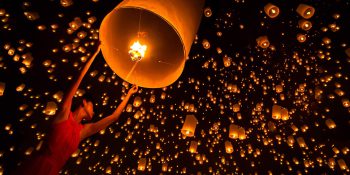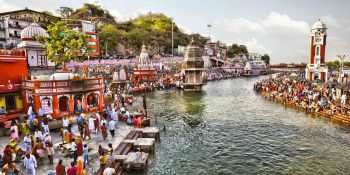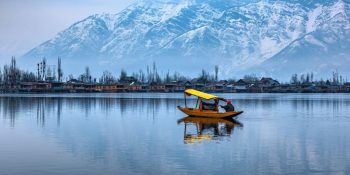Sabarimala Temple, located in the Periyar Tiger Reserve in the Western Ghats of Kerala, India, is one of the most revered pilgrimage sites in the country. Nestled amidst the lush greenery and surrounded by the beauty of nature, this ancient temple holds immense religious significance for millions of devotees who flock to it every year. Spanning over 600 words, let’s delve into the mystical realm of Sabarimala.
Sabarimala Temple is dedicated to Lord Ayyappa, a revered Hindu deity who is believed to be the son of Lord Shiva and Lord Vishnu in his female avatar, Mohini. The temple stands on a hilltop at an altitude of 1,126 meters, known as Sabari Hills. The name “Sabarimala” is derived from the story of Lord Ayyappa and the tribal girl, Sabari, who devoted her life to serving him.
The pilgrimage season to Sabarimala begins in the month of November and extends till mid-January. The most important festival celebrated here is the Mandala Puja, which falls in December. The journey to the temple is a rigorous and arduous one, symbolizing the devotee’s dedication and commitment. Pilgrims, known as Ayyappans, observe a 41-day vow of abstinence and penance before undertaking the pilgrimage.
The trek to Sabarimala involves traversing through dense forests, steep hills, and rocky terrains. The traditional route starts from Pamba, a small town at the foothills, and covers a distance of approximately 5 kilometers. Pilgrims climb the Neelimala and Appachimedu hills, chanting hymns and singing devotional songs, with the ultimate goal of reaching the holy shrine.
One of the distinguishing features of the Sabarimala pilgrimage is the strict adherence to certain customs and rituals. Men between the ages of 12 and 70, who have observed the prescribed penance, are eligible to enter the temple. Women of menstruating age, traditionally considered to be between 10 and 50, were prohibited from entering the temple until recently due to the belief that the deity is a celibate.
However, in a landmark judgment in September 2018, the Supreme Court of India lifted the ban on women of all ages, allowing them to enter the temple. This decision sparked widespread debate and protests from conservative groups, and the issue of women’s entry into Sabarimala remains contentious.
Inside the Sabarimala Temple, the presiding deity, Lord Ayyappa, is depicted in a seated meditative posture, with a “Makara Jyothi” (celestial light) believed to appear in the sky during the Mandalam season. The temple complex also houses shrines dedicated to Lord Ganesh and Lord Hanuman.
The Sabarimala pilgrimage is not just a physical journey; it is a spiritual and transformative experience. It is believed that by undertaking this pilgrimage, devotees can attain spiritual purification, liberation, and the blessings of Lord Ayyappa. The rituals and practices associated with the pilgrimage, such as the wearing of the sacred black attire, the “irumudi” (a cloth bag containing offerings), and the climbing of the 18 golden steps, are deeply symbolic and have profound spiritual significance.
Apart from its religious importance, Sabarimala also serves as an ecological hotspot. The surrounding forests are home to a rich variety of flora and fauna, including the endangered Lion-tailed Macaque and the Nilgiri Tahr. The Kerala government and various environmental organizations have taken measures to protect the fragile ecosystem and promote sustainable tourism in the region.
In conclusion, Sabarimala Temple holds a special place in the hearts of devotees, symbolizing









